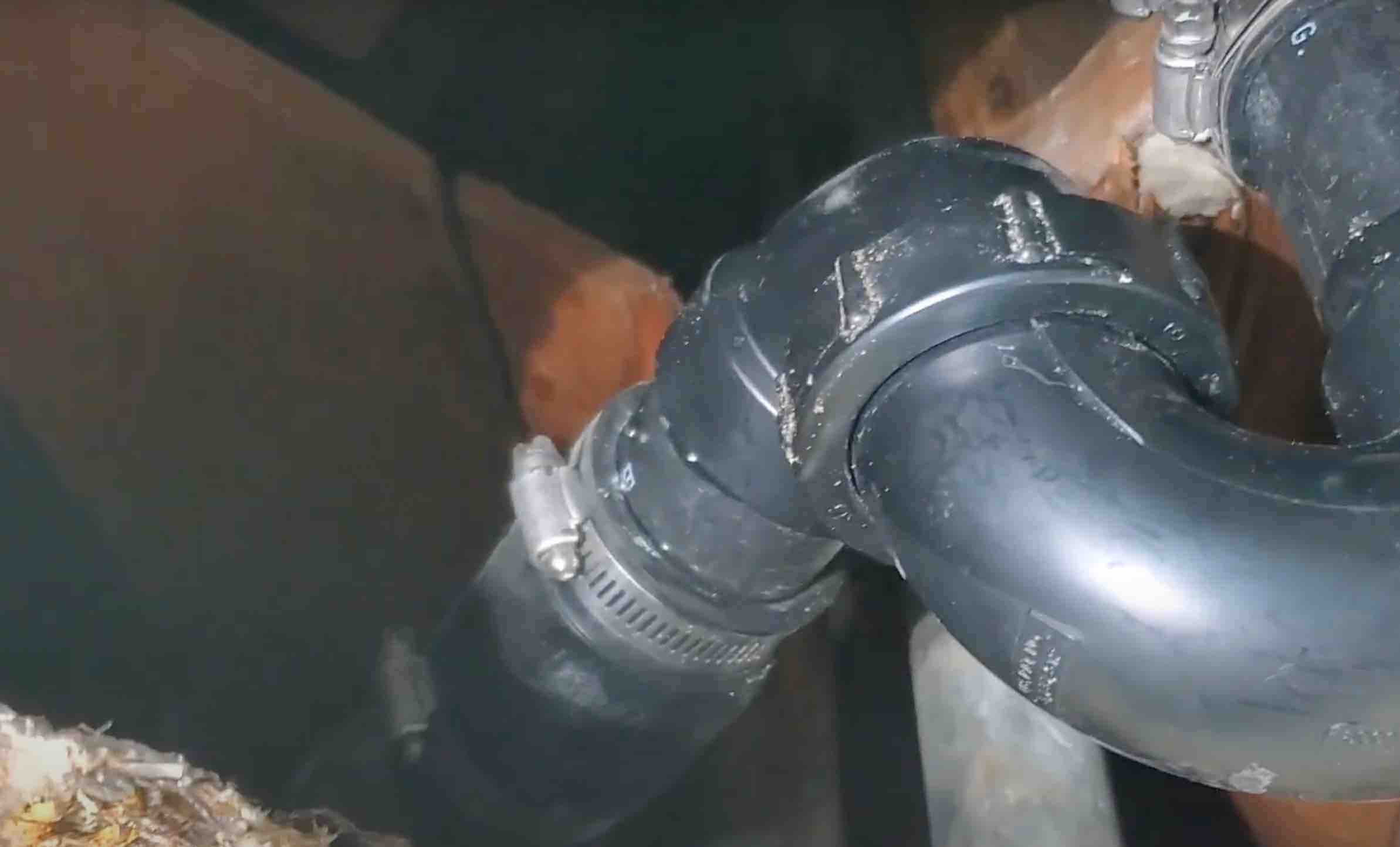
02 Aug Essential Tips to Water Damage Prevention in Your Bathroom
Water damage in the bathroom can lead to costly repairs and potential health hazards from mold and mildew. Preventing water damage should be a top priority for every homeowner. In this blog, we will discuss essential tips to safeguard your bathroom against water damage and preserve its beauty and functionality.
1. Regularly Inspect for Leaks
Perform regular inspections in your bathroom to check for any signs of leaks. Look for water stains, peeling paint, or warped wood, as these are indicators of water damage. Addressing leaks promptly can prevent further damage and the growth of mold.
2. Install Water-Resistant Flooring
Choose water-resistant flooring materials such as ceramic tiles or vinyl to minimize water damage. Properly seal the grout lines to prevent water from seeping through and causing damage to the subfloor.
3. Use Waterproof Caulking
Properly seal joints and edges with waterproof caulk to prevent water from seeping into gaps and causing damage. Pay close attention to areas around the bathtub, shower, and sink.
4. Maintain Grout and Sealant
Regularly inspect the grout and sealant in your bathroom and repair any cracks or gaps promptly. Damaged grout and sealant can allow water to penetrate, leading to hidden water damage.
5. Ventilate Your Bathroom
Proper ventilation is essential in preventing water damage and mold growth. Use exhaust fans or open windows during and after showers to reduce humidity and moisture levels.
6. Be Mindful of Overflowing Fixtures
Be cautious when using sinks and bathtubs to avoid overflow incidents. Never leave a running faucet unattended, and use drain stoppers to prevent clogs and overflowing water.
7. Check Toilet Seal and Flapper
Inspect the toilet seal and flapper regularly to ensure there are no leaks or running water. A faulty toilet seal can cause water to seep around the base of the toilet, leading to hidden water damage.
8. Install Leak Detection Devices
Consider installing leak detection devices in your bathroom. These devices can alert you to potential water leaks before they cause significant damage.
9. Dry Wet Areas Promptly
If water spills or splashes onto the floor, dry it promptly to prevent water damage. Invest in absorbent mats or towels to quickly soak up water from the bathroom floor.
10. Know the Location of Shut-Off Valves
Familiarize yourself with the location of shut-off valves for your bathroom fixtures. In case of a water leak or burst pipe, knowing how to shut off the water quickly can prevent extensive water damage.
Conclusion
Preventing water damage in your bathroom requires vigilance and proactive maintenance. By regularly inspecting for leaks, using water-resistant flooring and waterproof caulk, maintaining grout and sealant, and ensuring proper ventilation, you can protect your bathroom from water damage and its costly consequences. Taking these preventive measures will not only preserve the integrity of your bathroom but also provide you with peace of mind knowing that your home is safeguarded against potential water-related issues.
